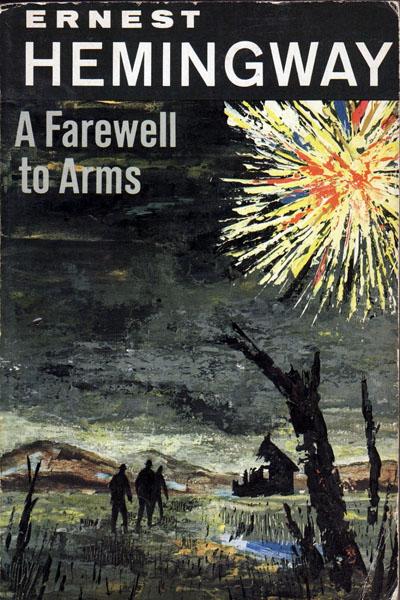It’s not as exotic as Ernest Hemingway’s other famous haunts — Paris, Cuba or Africa, for example. But travel to Walloon Lake in Michigan, and you’ll experience the outdoors and love of nature that set Hemingway on his path to a Nobel Prize in literature.

It’s not easy being an Ernest Hemingway fan these days. The Ken Burns/ Lynn Novick documentary “Hemingway,” on PBS has once again whacked the #metoo hornet’s nest that surrounds Hemingway, one of America’s most famous writers. Hemingway was a hyper-macho fellow (a trait much admired in his day), a philandering “man’s man” who reported on wars around the world, admired bullfighting and drank like fish, much to the detriment of his personal relationships.
Yet, the Nobel Prize winner changed American literature the way jazz changed American music. One of my favorite writers, Edna O’Brien, said in the Paris Review that the first time she heard a lecturer read aloud the first paragraph of A Farewell to Arms, “I couldn’t believe it—this totally uncluttered, precise, true prose, which was also very moving and lyrical.”
So, let’s pause our #metoo judgement for a moment. Instead, read Hemingway’s books and essays about the places in Michigan where he got his start as a writer and outdoorsman long before he was famous.
A Boy at Walloon Lake, Michigan

I’ve written about Hemingway-inspired travel on this blog before. For example, a visit to his childhood home and gorgeous neighborhood in Oak Park, Illinois, near Chicago; Hemingway hang-outs near Petoskey, Michigan; and a Hemingway tour of Paris. But be sure to add Walloon Lake, Michigan, to your itinerary.
Ernest Hemingway was just three months old when his family took him to Walloon Lake’s north shore for the first time. In those days, the trip from Chicago required a combination of trains, boats, and buggies. He spent time there at the family’s cottage, Windemere, every summer until he was about twenty. The woods and waters of the area shaped Hemingway’s life and outlook in fundamental ways. That environment inspired his love of nature and the “strenuous life,” as his hero Teddy Roosevelt called it, of hunting, fishing and physical risk seen in all his writing. And, at Walloon Lake, Hemingway married his first wife, Hadley, who became known as “The Paris Wife.”
Nick Adams Country
I grew up in Michigan and spent time each summer at a cottage (that’s what Michiganders call them no matter how big the structure) in the same area, mainly on Mullett Lake, near Cheboygan, at the tip of the Michigan mitten. I can attest to the area’s power to inspire the love of the outdoors, though I didn’t experience as many bootleggers and tramps as Hemingway. Plenty of boaters, water-skiers and fishermen, though. And it wasn’t always a “strenuous” existence. Hemingway said, “It’s a great place to laze around and swim and fish when you want to. And the best place in the world to do nothing. It is beautiful country … And nobody knows about it but us.”

Yet, now, the village of Walloon Lake wants to be sure everyone knows about it. This year they’re celebrating Hemingway with a series of events, including The Hemingway Birthday Celebration which takes place July 21. Labor Day weekend, September 3-6, brings the Hemingway Homecoming featuring the unveiling of historical installations downtown focused on Hemingway as well as other aspects of the village’s development such as early rail travel, hotels and resorts, boating and more.

They’ve also been reading The Nick Adams Stories, a collection of short stories that Hemingway wrote about his boyhood in northern Michigan. The stories cover hunting, fishing, life, death–all the most important things– with descriptions that make you feel you’re there with him. In “Big Two-Hearted River,” for example, he describes, “holding the rod far out toward the uprooted tree and sloshing backward in the current Nick worked the trout, plunging, the rod bending alive, out of the danger of the weeds into the open river.”
So, don’t #cancelpapa or dismiss Hemingway without first reading his work. He makes an excellent tour guide for adventure, the love of nature and an understanding of the human condition.
















